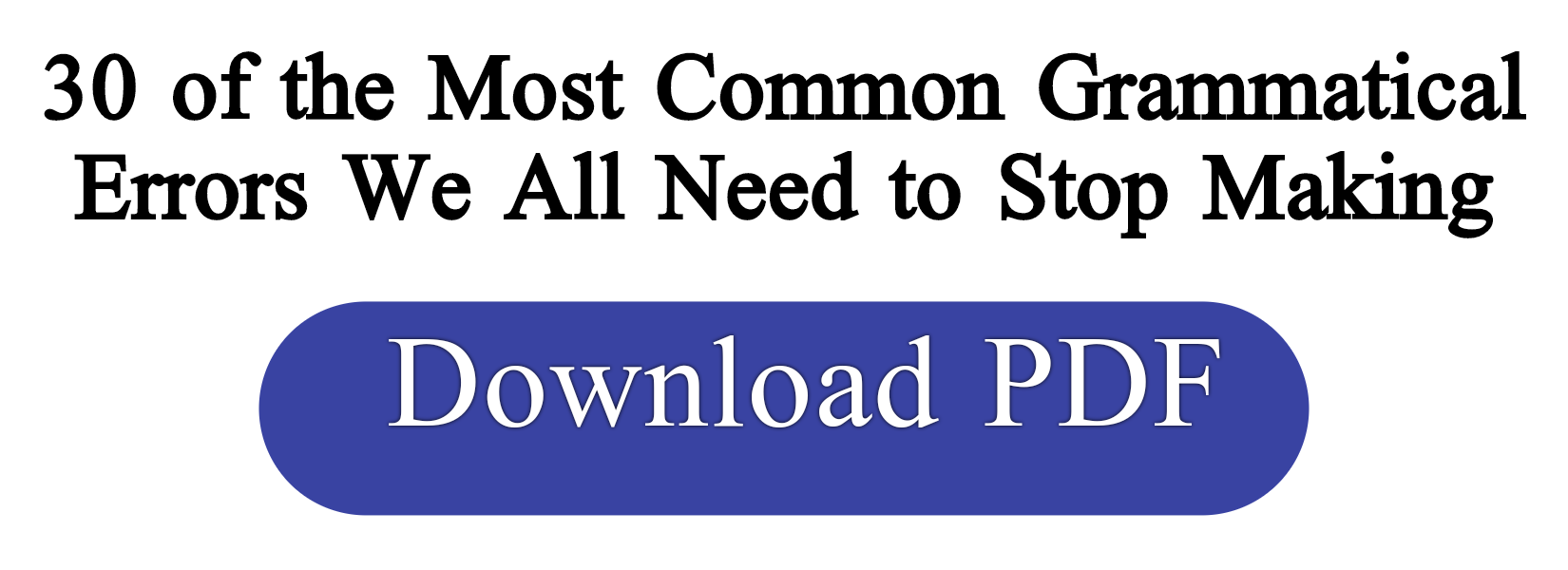1 Linking verb + complement
A complement is an adjective
phrase or a noun phrase. A complement relates to the subject: it describes the
subject or identifies it (says who or what it is). Between the subject and
complement is a linking verb, e.g. be.
The hotel was quiet.
The thief seemed depressed.
The book has become a best-seller.
It's getting dark.
A week in
the Lake District would make a nice
break.
These are the most common verbs in this pattern.
adjective
or noun phrase: appear, be, become, look,
prove, remain, seem, sound, stay
adjective: feel,
get, go, grow, smell, taste, turn
noun phrase: make
There are also some idiomatic
expressions which are a linking verb + complement, e.g. burn low, come good, come true, fall asleep, fall ill, fall silent,
ring true, run dry, run wild, wear
thin.
We can use some linking verbs in other patterns.
Linking:
Your garden
looks nice.
Intransitive:
We looked
at the exhibition.
NOTE
After seem, appear, look and sound,
we use to be when the complement is a
noun phrase identifying the subject.
The woman seemed
to be Lord Melbury's secretary.
NOT The woman seemed Lord Melbury's secretary.
But we can leave out to be
when the noun phrase gives other kinds of information.
The woman seemed (to be) a real expert.
There is a special pattern where
a complement occurs with an action verb, not a linking verb.
We arrived exhausted.
He walked away a free man.
I came home really tired
one evening.
We use this pattern in a very small number of
contexts. We can express the same meaning in two clauses: We were exhausted when we arrived.
2 Linking verb + adverbial
An adverbial can be an adverb
phrase, prepositional phrase or noun phrase. An adverbial after a linking verb
relates to the subject. It often expresses place or time, but it can have other
meanings.
The coat was here.
The conference is every year.
The drawings lay on the table. I'm on a diet.
Joan Collins lives in style. The parcel went by air.
Linking verbs with adverbials are be, go, lie, live, sit, stand and stay.








